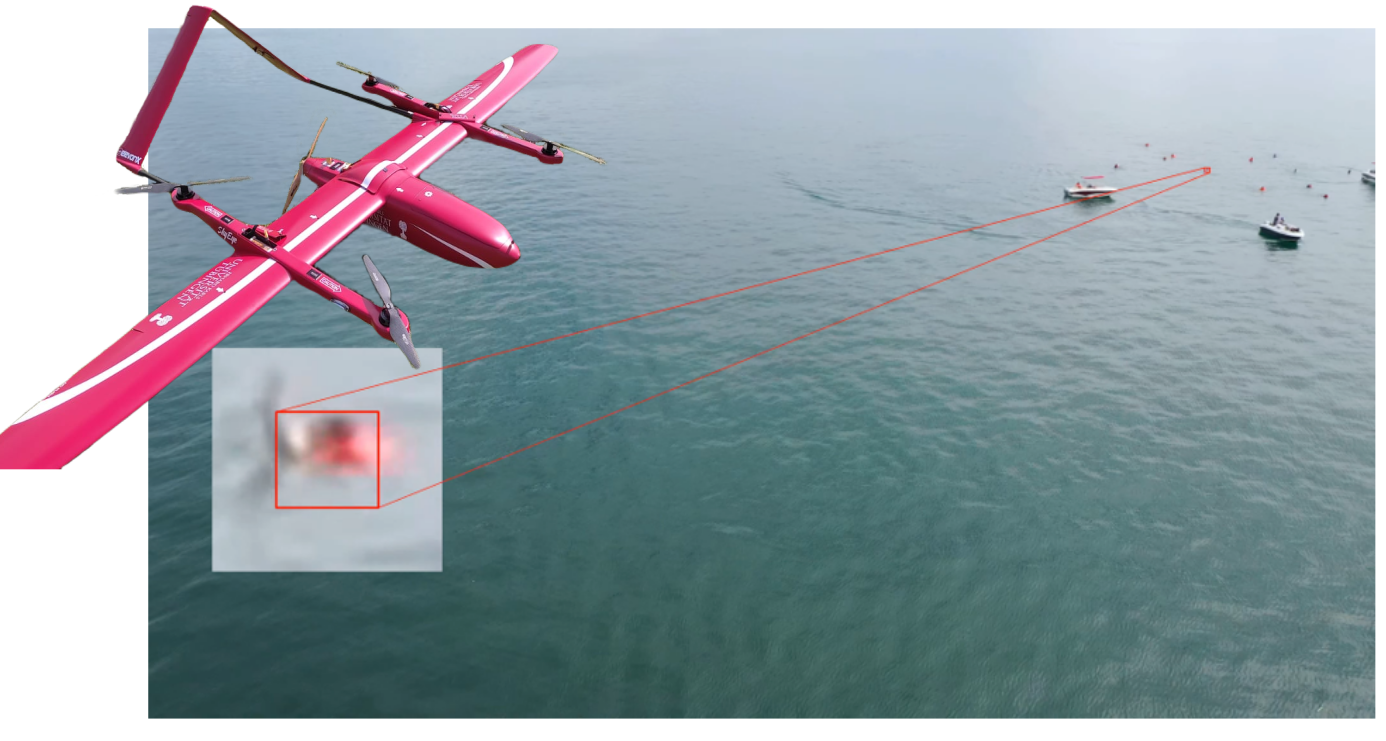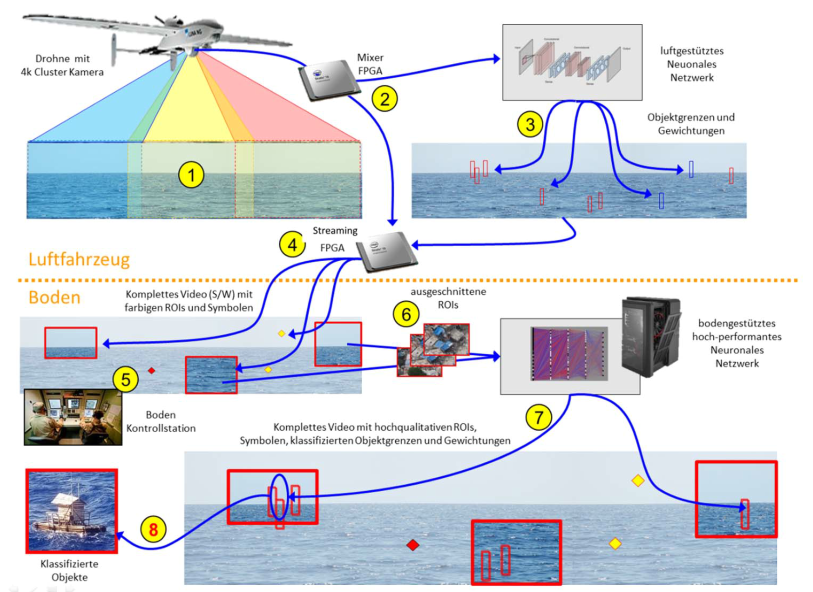Avalon
What is the goal of Avalon?
 Maritime search and rescue has become increasingly important due to climate change and migration via major
seas, such as the Mediterranean.
It is carried out at sea to save sailors and passengers in distress,
or the survivors of downed aircraft.
When a distressed or missing vessel or person is reported, helicopters or rescue vessels or any other appropriate
vessel are deployed to return them to land.
Maritime search and rescue has become increasingly important due to climate change and migration via major
seas, such as the Mediterranean.
It is carried out at sea to save sailors and passengers in distress,
or the survivors of downed aircraft.
When a distressed or missing vessel or person is reported, helicopters or rescue vessels or any other appropriate
vessel are deployed to return them to land.
However, this process is slow and costly, and poses risk to the team on water or in the sky. Instead, Unmanned Aerial Vehicles
are fast to deploy, comparably cheap and pose much less risk. They can be equipped with various sensors providing an overview
over the scene and can cover large areas to autonomously search for objects or people.
This project's goal is to develop an unmanned aerial vehicle to assist in humanitarian Search and Rescue scenarios. It is a joint
effort between Collins Aerospace, Elma Electronic, EMT Penzberg (now Rheinmetall), Fraunhofer Heinrich-Hertz-Institut and the University of Tübingen. For this project, a large drone (Luna NG) will be developed that could serve as a very long-distance search and rescue drone. For smaller-scaled scenarios, we also develop a system that runs on a drone, such as the SkyEye Sierra VTOL from
ElevonX (Slovenian UAV manufacturer) (see image above).
Our part is to develop the AI for this system. Using the onboard vision sensors and telemetry data, neural networks should help
search for objects of interest and report detected anomalies to operators in the ground station. See the following illustration
of the components.

This project is funded by the German Ministry for Economic Affairs and Energy, Project Avalon, FKZ: 03SX481B.

